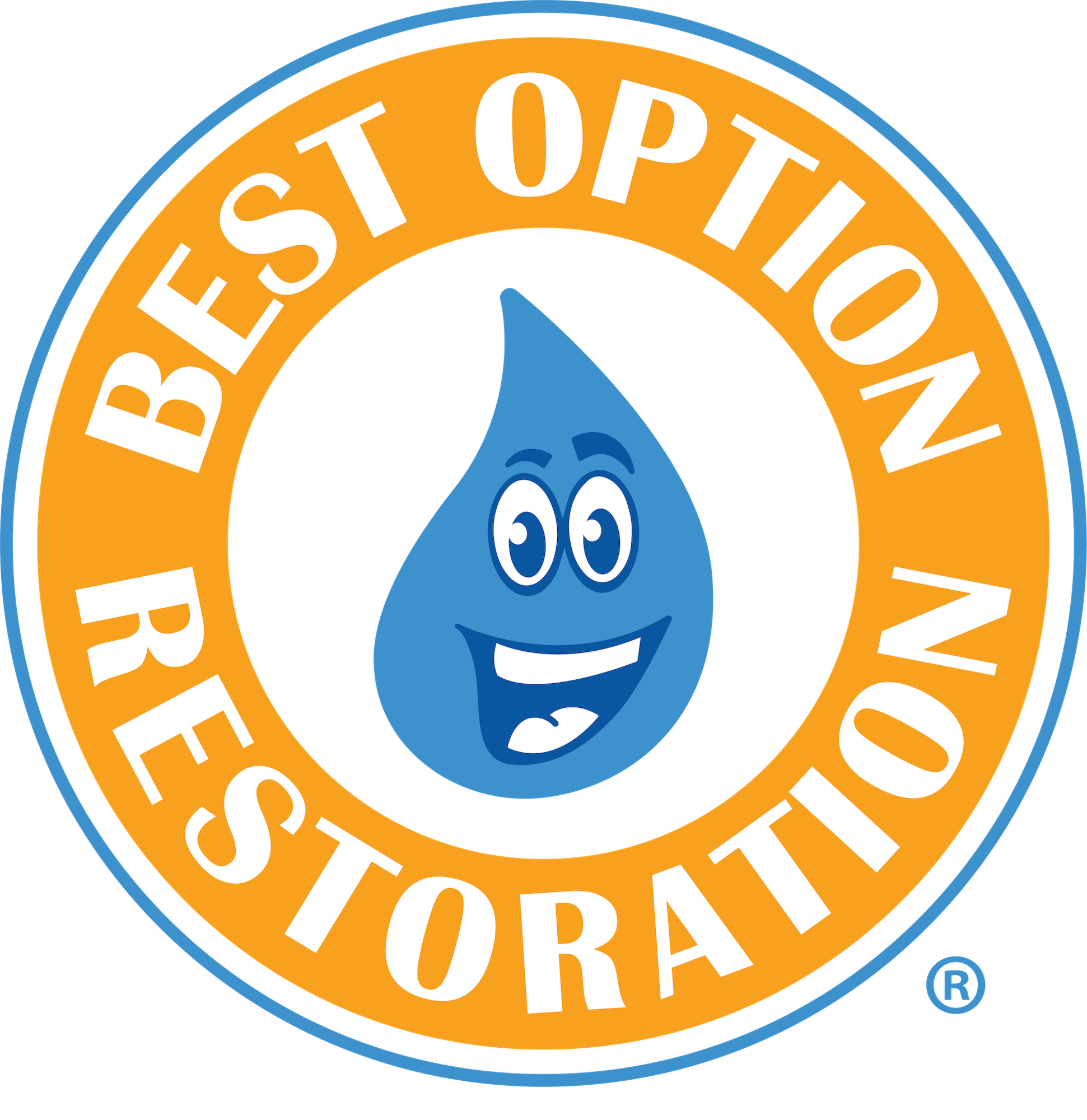Water intrusion in your home can have devastating effects regardless of the scale. Damage can occur whether it stems from a leak or a major incident such as flooding. When unwanted water finds its way into living spaces, water damage restoration and water mitigation are both essential measures that can bring the situation under control.
While related, both processes target a specific focus area and apply in different situations.
What Is Water Mitigation?
Water mitigation aims to stop the immediate flow of water before it causes further property damage or loss. It enables us to take the right steps to get rid of the water and dry out the property.
Water mitigation usually happens before restoration. When a water instruction incident occurs, water mitigation acts as the first line of defense, preventing further damage. The aim is to keep residents safe and protect your property.
Water Mitigation Checklist
The process can include several steps, such as:
Assessing the stability of your home
Removing water-damaged items such as furniture
Checking the level and type of water damage
Disinfecting affected areas
Water extraction to get areas completely dry
Covering affected areas to limit access
Once professionals arrive at the scene, they can conduct a full assessment. With more comprehensive checklists and the right tools, they can help mitigate damage before it gets out of control.
What Is Water Damage Restoration?
Water damage restoration is the process of returning a property to its initial condition before water intrusion. This can be done in several ways, depending on the nature and extent of water damage. Restoration calls for professionals who can assess the situation and undertake the necessary measures using the right equipment.
Water Damage Causes
Water damage can arise from different factors:
Issues with HVAC (Heating, Ventilating and Air Conditioning) units
Plumbing system malfunctions
Buildup in areas prone to collecting water, such as crawl spaces, attics, and basements
Appliances overflowing or breaking down
Natural disasters and other weather-related water problems
Clogs in gutters and drains
Pipe bursts or leakages
Once the cause is identified, the applicable measures can be taken to fix the problem. For instance, if there's clean water in the affected area, the approach would differ from that of gray or dark water as each of this has a different cause.
Signs of Water Damage
Some signs to look out for include:
Swelling or warping along walls, surfaces, and materials
Dampness or musty odor
Dripping
Sagging
Staining
Some signs of water damage may not be visible or spotted easily with the eye. Areas that seem intact could have underlying water damage that's undetectable. A comprehensive assessment ensures such blind spots are identified and addressed.
Water Damage Restoration & Mitigation FAQs
How Long Does Water Damage Restoration Take?
Typically, water damage restoration can last anywhere from a few days to a number of weeks. It all comes down to the cause and extent of damage.
How Much Does Water Damage Restoration Cost?
Costs to repair water damage vary based on several factors. These include the nature of the damage, the type of damage/loss, the affected area and materials, and structural needs such as treatment and the drying process. At Best Option Restoration of Central Texas, we have a simple yet comprehensive approach to assess this.
Get Effective & Efficient Water Damage Restoration With BOR
At Best Option Restoration of Central Texas, we understand the toll that water damage can have on your life beyond damage to your home. That's why we provide comprehensive water damage restoration services to help you recover and restore your property.
Our licensed and certified professionals have the experience and equipment to effectively and efficiently restore your property. Contact us today to learn more about our services.

